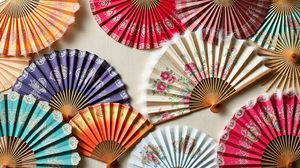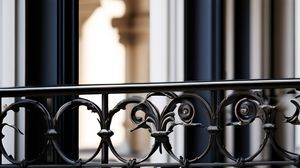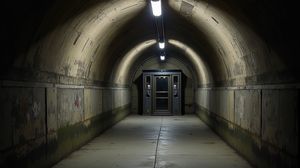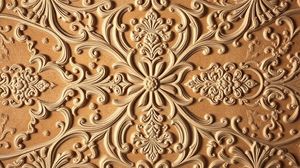
Nestled in the heart of Greenwich, The Fan Museum is a hidden gem dedicated to the art and history of fans. As the first and only museum in the world dedicated to hand-held fans, it offers a unique glimpse into this often-overlooked accessory, showcasing a wealth of styles, materials, and craftsmanship from different cultures and eras.
Founded in 1991, The Fan Museum is housed in two beautifully restored Grade II listed Georgian townhouses. The elegant setting itself is worth a visit, with its exquisite architecture and a lush secret garden that provides a tranquil escape from the bustle of the city.
The museum's permanent collection boasts over 4,000 fans, some of which date back to the 11th century. The collection includes fans made from diverse materials such as ivory, tortoiseshell, and mother-of-pearl, each illustrating the artistic flair and technical skills of their creators.
One fascinating aspect of the collection is its global diversity. Visitors can marvel at fans originating from Japan, China, Europe, and beyond, each reflecting the distinctive styles and cultural significance of their place of origin.
A highlight for many visitors is the museum's changing exhibitions. These thematic displays explore various aspects of fan history, from their role in fashion to their function in ceremonial and functional contexts, offering new perspectives with each visit.
The Fan Museum also features a beautifully decorated Orangery where visitors can enjoy afternoon tea. The experience is enhanced by the Orangery's stunning fan-themed mural, providing a perfect setting to reflect on the art and history encountered in the galleries.
Perhaps one of the quirkiest facts about the museum is its collection of fans with hidden compartments or mechanisms, which were historically used by spies or courtiers at royal courts. These ingenious designs reveal the fan's role beyond mere decoration.
The Fan Museum has received numerous accolades for preserving and promoting this unique aspect of cultural heritage. By visiting, one can gain a new appreciation for this elegant yet functional accessory that has been part of human history for centuries.

Making the Most of Your Visit:
Take your time in the museum's secret garden. It's a lovely, tranquil spot where you can unwind and reflect on what you've seen. Especially in spring and summer, it's a little oasis of calm away from the city's buzz.
Don't miss the fans with hidden compartments! These quirky items have fascinating backstories related to espionage and intrigue. It's a favourite detail for regulars who enjoy the more mysterious side of fan history.
Visit the Orangery for afternoon tea. It's not just about the tea and scones—the fan-themed mural really adds to the experience. It's one of those hidden gems you won't want to rush, and it's a perfect spot to relax and soak up the unique ambiance of the museum.
Engage with the rotating exhibitions if you've been before. The museum frequently updates its displays, offering fresh themes and insights, meaning there's something new to discover even if you've visited before.
Watch for fan-making workshops and special events. If your timing's right, these can be a great way to deepen your experience and learn some hands-on skills from experts passionate about this traditional craft.

Visiting Times & Costs:
The Fan Museum in Greenwich is open to the public and offers a fascinating exploration of the history and artistry of fans.
Opening Times: The museum is typically open from Tuesday to Saturday. It is important to check the current opening hours before planning your visit, as they may vary throughout the year.
Entrance Fees:
- The museum charges an entrance fee. Prices are generally reasonable, with discounts available for seniors, students, and children.
- Children under a certain age may enter for free, but it's best to confirm the specifics regarding age restrictions and pricing.
Accessibility:
- The Fan Museum has made efforts to be accessible to all visitors, but due to the nature of the historic buildings, there may be some limitations.
- Visitors with mobility issues should be aware that certain parts of the museum may not be fully accessible. It's advisable to contact the museum directly to discuss specific access requirements and any available accommodations.

Address & Map:

Nearby:























